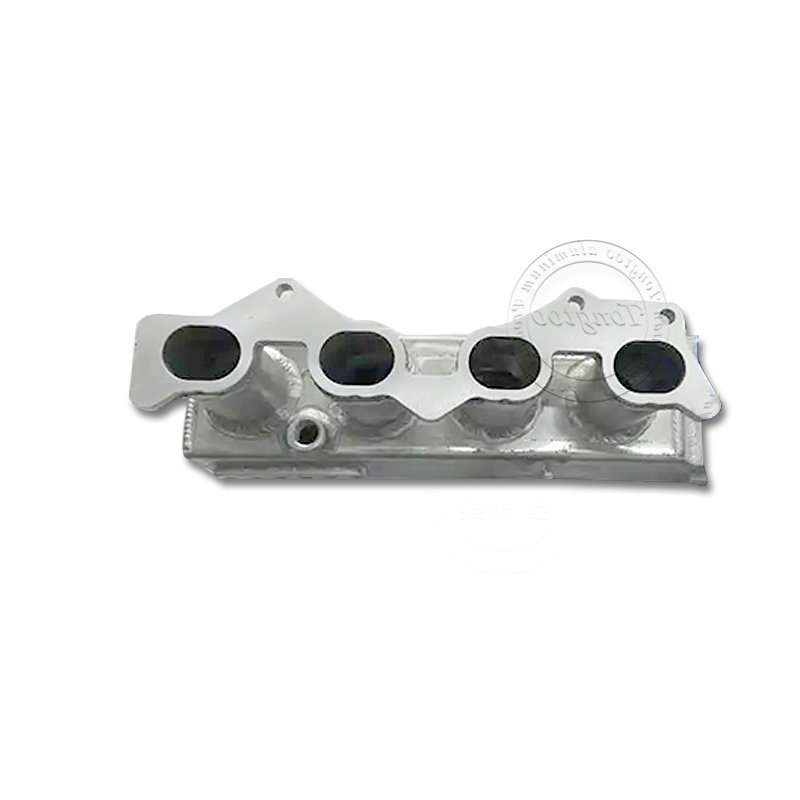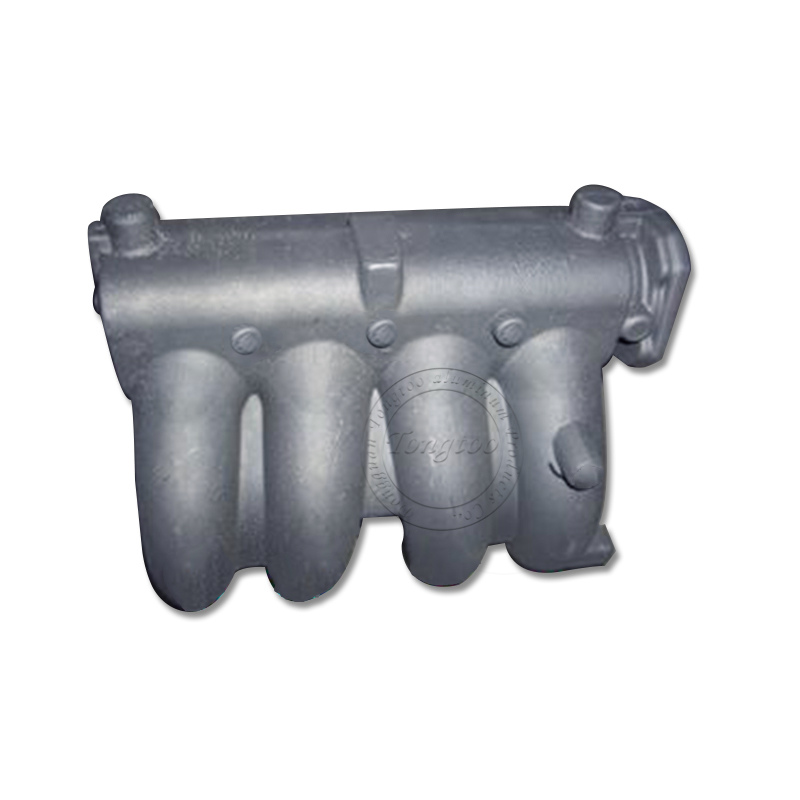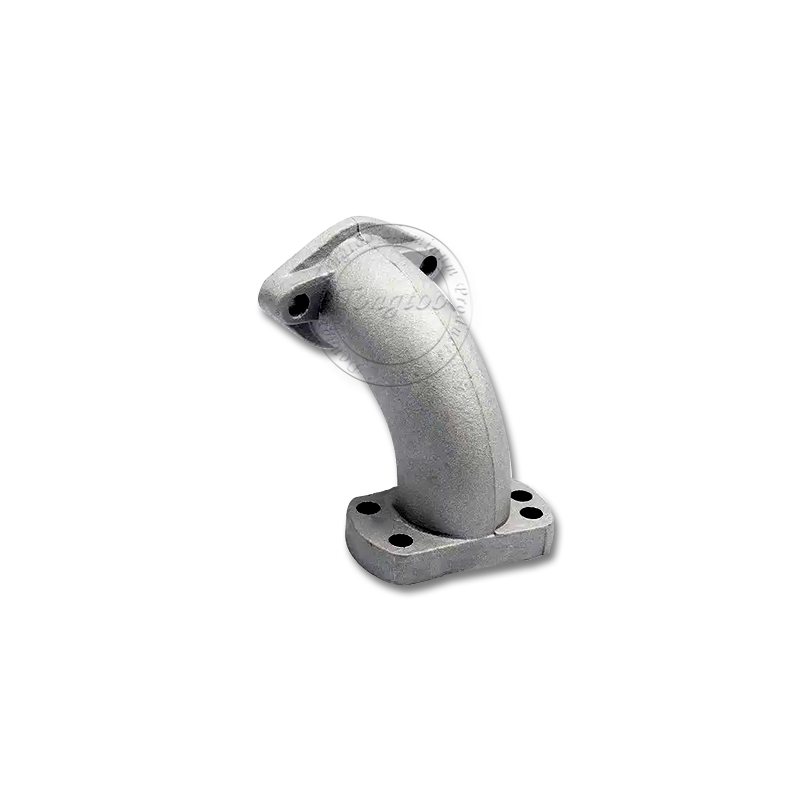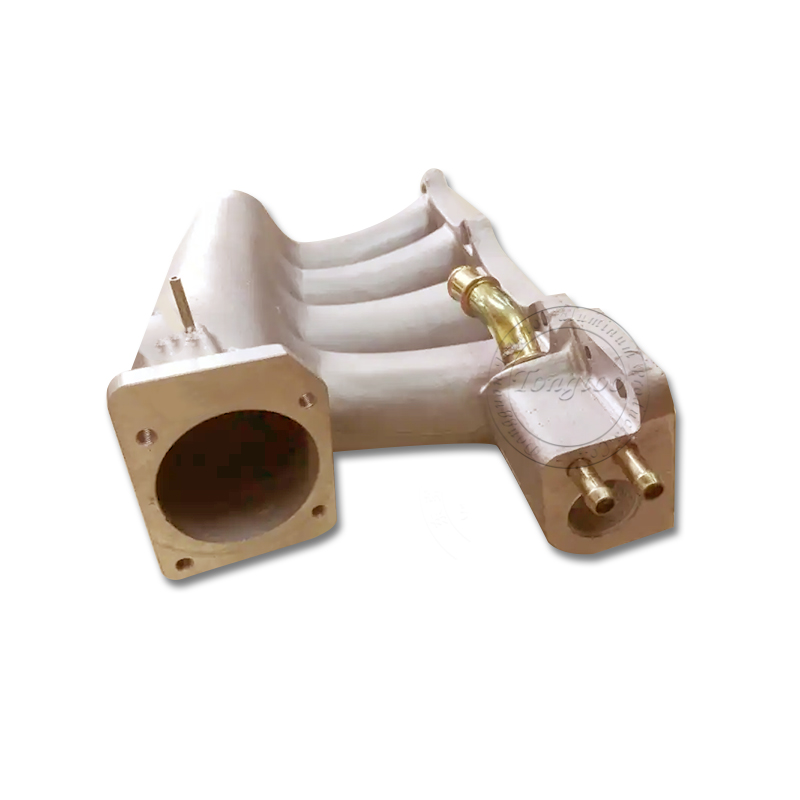Aluminum Alloy Exhaust System Components
The die-cast custom aluminum alloy exhaust system component is a high-end exhaust system assembly specially designed for high-performance engines and personalized demands.
Product Description
Product Introduction
The die-cast custom aluminum alloy exhaust system component is a high-end exhaust system assembly specially designed for high-performance engines and personalized demands. Made of high-quality aluminum alloy and featuring precise die-casting technology, it aims to optimize exhaust efficiency, reduce weight and enhance engine power output. Through customized design, it can be adapted to different vehicle models and power configurations, meeting the strict requirements of racing cars, modified vehicles, commercial vehicles and special vehicles for lightweight, high-temperature resistance and stability.
Product Parameter
Product Name: Aluminum Alloy Exhaust System Components
The product material is A380/ADC12, etc
Product specifications support non-standard customization
Product processing method: Mold design + precision die-casting molding
Surface treatment: anodizing, powder coating, electrophoresis, etc. (optional)
Product Feature And Application
Lightweight design
Made of high-quality aluminum alloy, its weight is 30% to 50% lower than that of traditional cast iron or stainless steel, reducing the overall load of the vehicle and enhancing handling and fuel efficiency.
High-efficiency exhaust performance
The precisely calculated branch pipeline design reduces exhaust interference and back pressure, accelerates exhaust gas discharge, optimizes the engine's in-cylinder scavenging efficiency, and enhances the power response speed.
High-temperature resistant and corrosion-resistant
The surface is treated with anodic oxidation or ceramic coating, which can withstand temperatures above 800℃, resist acid and alkali corrosion, and extend the service life.
Customized adaptation
Supports 3D modeling and fluid simulation based on engine parameters, chassis space and performance targets, and provides personalized pipe diameter, length and manifold layout solutions.
High process standards
The TIG welding process ensures the strength of the weld seam, and the CNC pipe bending technology guarantees the smoothness of the pipeline. It has passed the air tightness test and fatigue durability test.
Application scenarios
Automotive modification market: Upgrade of exhaust systems for high-performance sports cars and off-road vehicles.
Racing field: Special vehicles for events such as FSAE, rally races, drift races, etc.
Commercial vehicles: Diesel engine exhaust optimization to reduce turbo lag.
Special vehicles: power system matching for construction machinery, ships, and unmanned aerial vehicles.
Industrial field: Exhaust system renovation for equipment such as generator sets and pumps.
Product Details
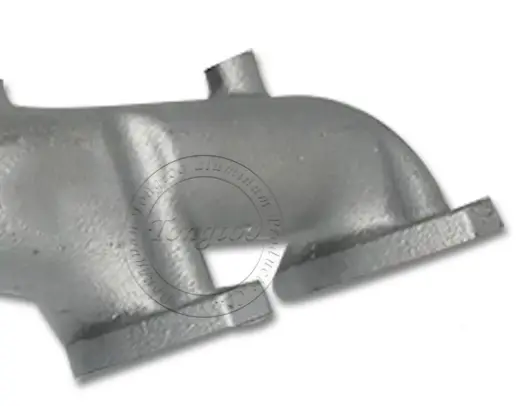
Base material: A380/ADC12 (other custom alloys are optional), featuring both high strength and lightweight characteristics.
Coating
Anodic oxide layer: Enhances surface hardness and wear resistance.
High-temperature ceramic coating: Resistant to thermal shock, reducing the impact of thermal radiation on the cabin.
Connecting parts: Stainless steel bolts/titanium alloy flanges, rust-proof and anti-aging.
Product Qualification
Raw material traceability: Material certificates are provided for each batch of aluminum materials.
Final inspection item: Two-dimensional measurement and full-size inspection.
Ensure compliance with ISO 9001 standards.
Surface treatment: Complies with RoHS pollution-free standards.
Deliver,Shipping And Serving
Packaging solution: Pearl cotton + waterproof wooden box.
FAQ
Q1: What are the advantages of aluminum alloy exhaust manifolds over traditional materials?
Aluminum alloy significantly reduces weight while maintaining strength, and its thermal conductivity is superior to that of cast iron, enabling faster heat dissipation and lowering the cabin temperature. It is suitable for scenarios where performance and efficiency are pursued.
Q2: How to ensure the strength consistency of die-castings?
A real-time pressure monitoring system is adopted, and mechanical property test reports and test results are provided for each batch.
Q3: How long does the customization cycle take?
A: Depending on the complexity of the design, it usually takes 7 to 15 working days.
Q4: What is the minimum order quantity (MOQ)?
Support small-batch trial production (minimum 100 pieces), and enjoy gradient discounts for mass production orders of over 1,000 pieces.

